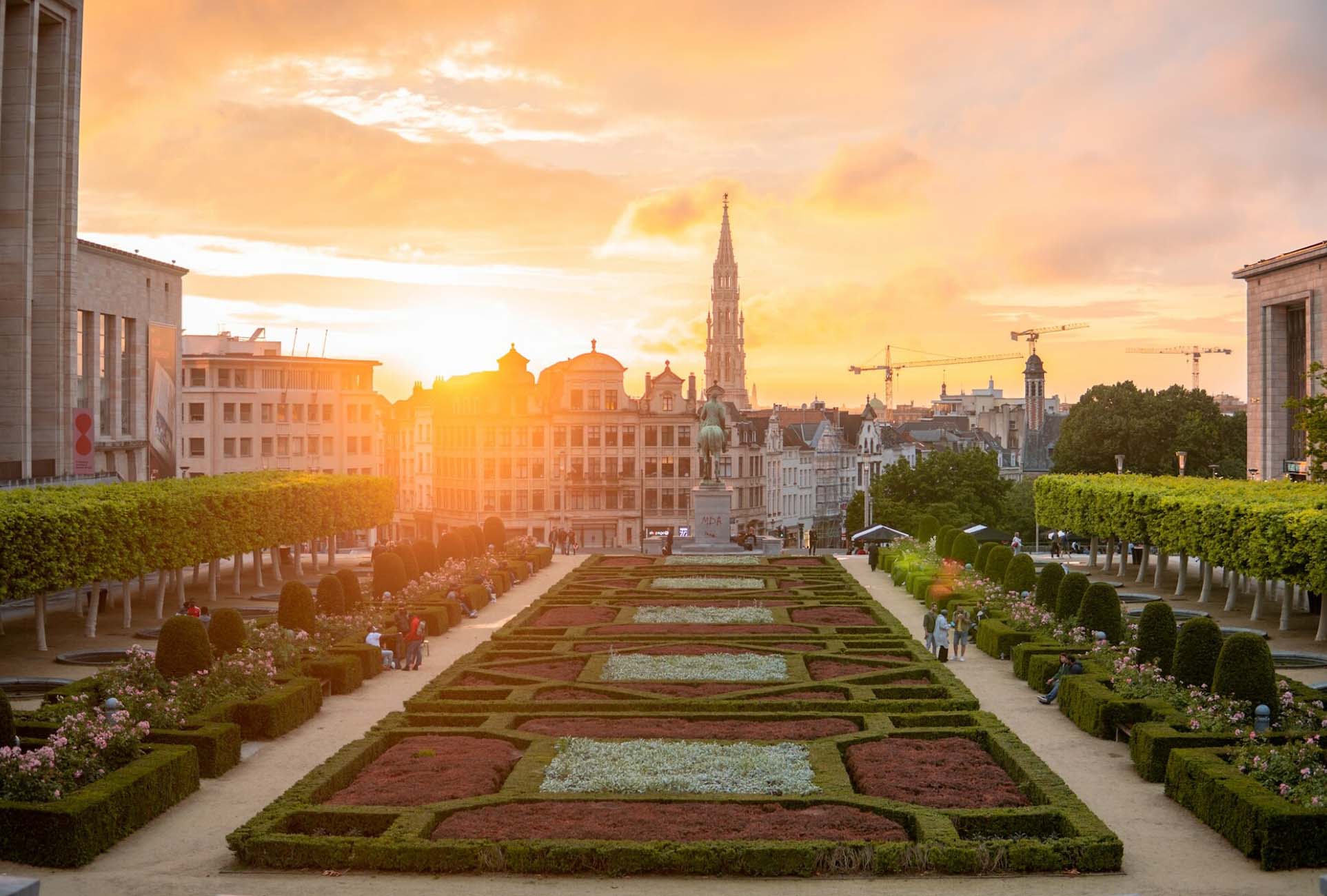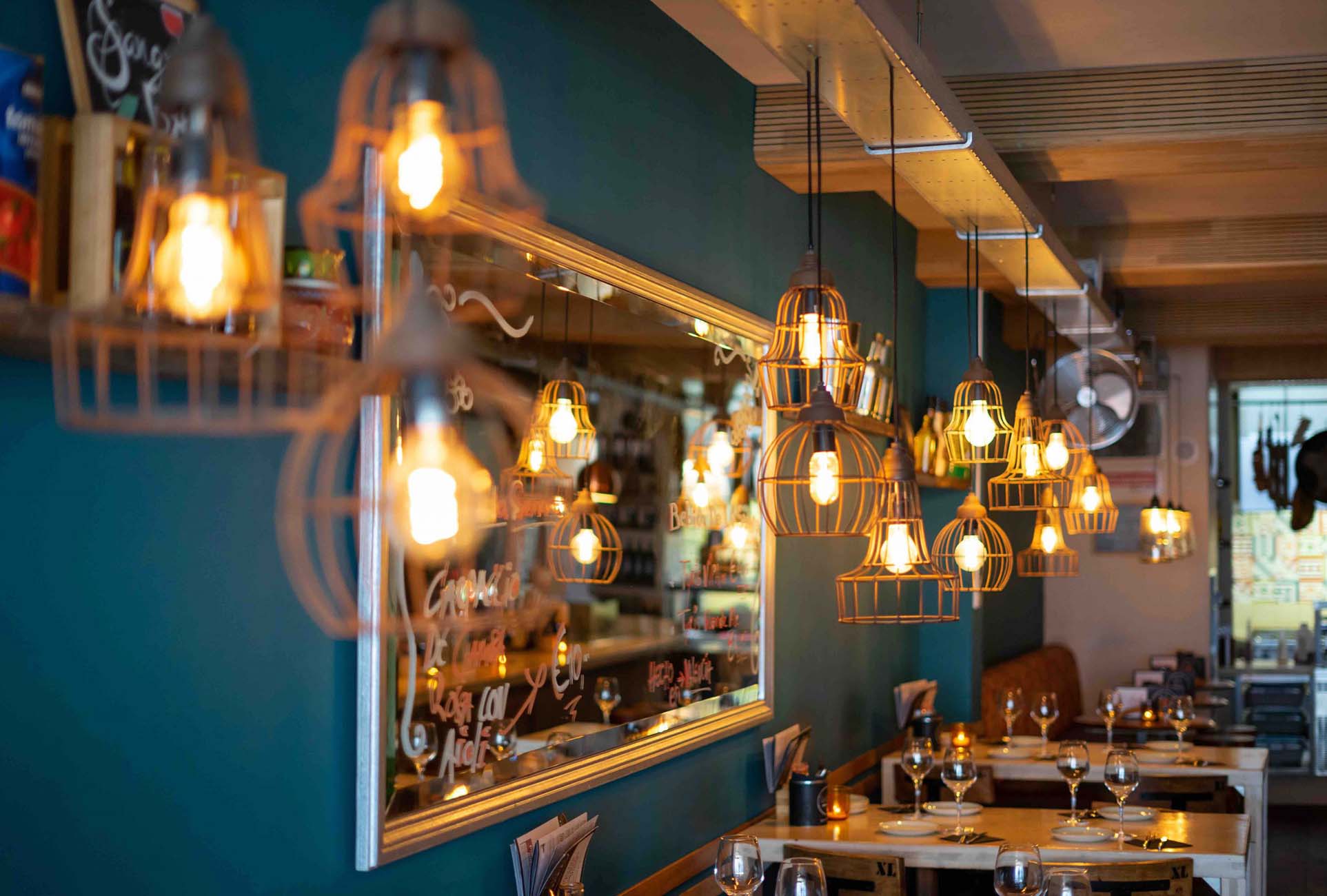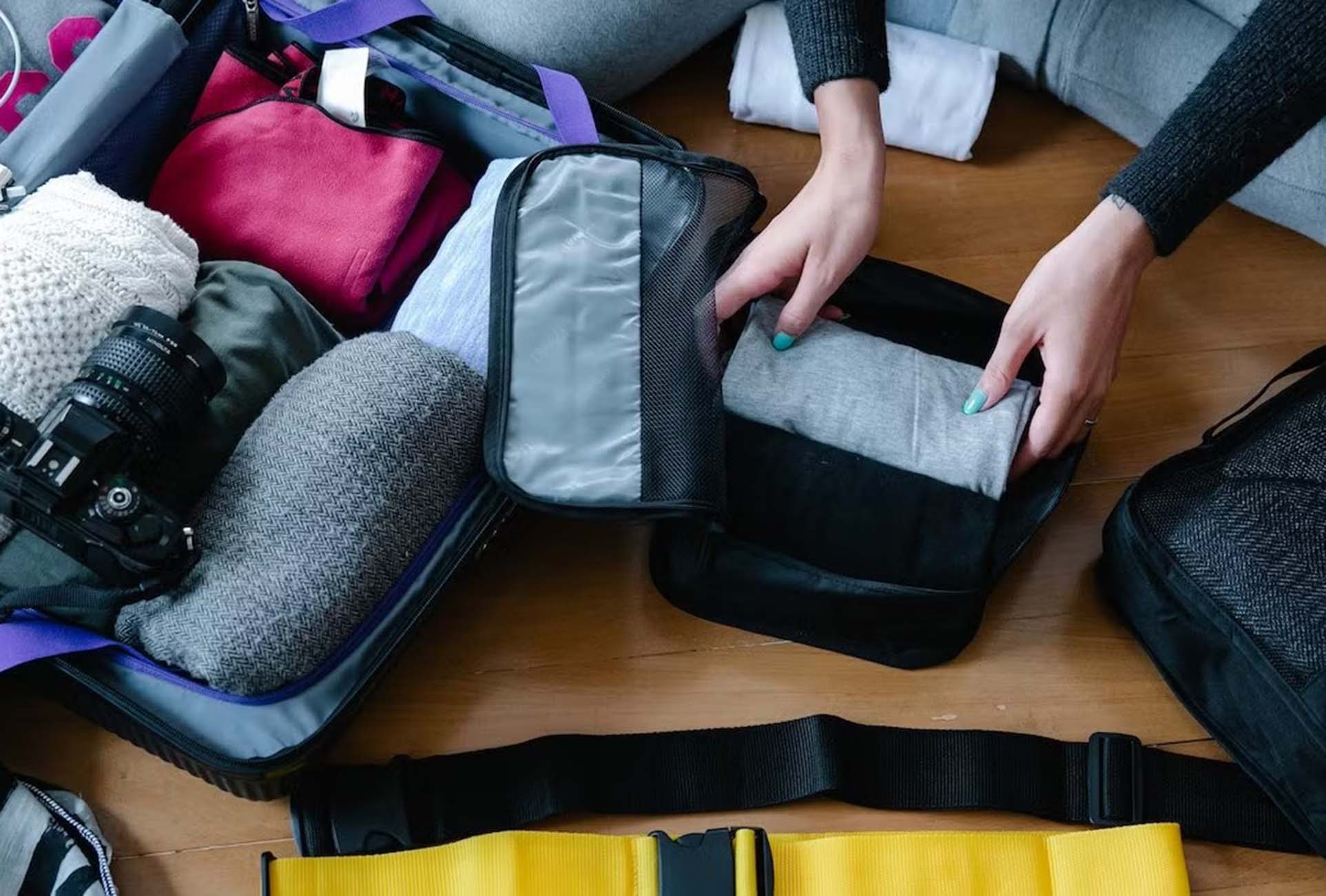Brussels, the heart of Europe, is a city that effortlessly blends rich history with modern vibrancy. My recent trip to this charming Belgian capital was nothing short of enchanting.
Recently, I’ve encountered countless destinations, but Brussels holds a unique place in my heart. In this extensive guide, I’ll share my experiences, practical tips, and insights to help you make the most of your Brussels adventure.
Essential Travel Gear and Attire
Travel Gear
Packing smart is crucial for any trip, and Brussels is no exception. Given its unpredictable weather, I recommend a layered approach. Here’s a rundown of what I packed:
- Weather-Appropriate Clothing: Brussels experiences a temperate maritime climate. It can be rainy and chilly, even in summer, so a waterproof jacket and a light sweater are essential. Don’t forget a good pair of walking shoes – Brussels is a city best explored on foot.
- Travel Accessories: A compact umbrella is a must. I also carried a power bank to keep my devices charged while navigating the city.
- Comfort Items: A travel pillow and eye mask made the long flights more bearable, and a small first-aid kit came in handy for minor mishaps.
Attire
Brussels is quite cosmopolitan, and you’ll find that people dress smartly. For daytime explorations, casual but polished outfits are ideal. If you plan to dine out or visit upscale places, bring a smart outfit or two.
Currency Exchange
Belgium uses the Euro (€), and it’s quite easy to manage your money in Brussels. I always carry a small amount of local currency for smaller transactions, but credit and debit cards are widely accepted. Here are a few tips for handling currency in Brussels:
- Currency Exchange: There are numerous exchange offices and ATMs throughout Brussels. I found the rates at the airport exchange counters to be slightly less favorable, so I waited until I was in the city center.
- Credit Cards: Most places accept major credit cards, but it’s wise to carry some cash for small vendors and local markets.
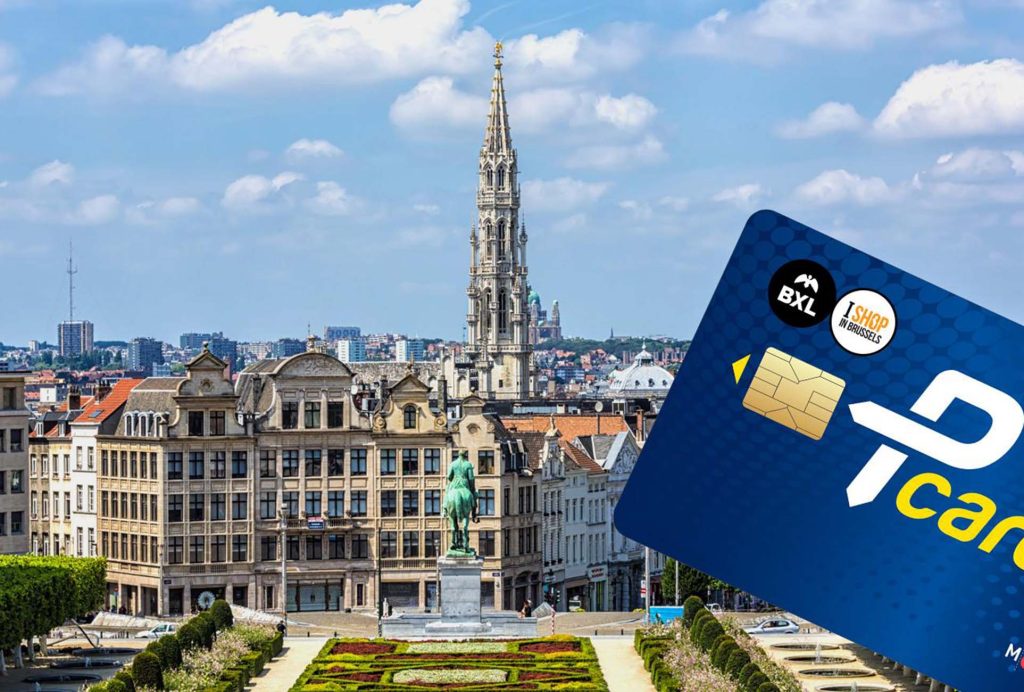
Getting a Local SIM Card
Staying connected is vital for navigation and communication. I opted for a local SIM card upon arrival:
- Where to Buy: SIM cards are available at the airport, major train stations, and various convenience stores throughout the city.
- Providers: Proximus, Orange, and Base are the main providers. I chose Proximus for its coverage and ease of use.
- Activation: The process was straightforward; I simply inserted the SIM into my phone and followed the instructions provided. You might need to show your passport for identification.
Local Etiquette and Cultural Insights
Brussels is a city where cultures blend harmoniously, but understanding local etiquette can make your visit more enjoyable.
Politeness and Formality
Belgians are known for their politeness and formality. Always greet with a handshake and use formal titles until invited to use first names.
- Dining Etiquette: When dining out, it’s customary to wait for everyone to be served before starting your meal. Tipping is not mandatory but appreciated, especially for good service.
- Queueing: Belgians value orderly queues. Always wait your turn, whether at a bus stop or in a shop.
Personal Space
Respecting personal space is important. Avoid standing too close to others, and be mindful of noise levels in public areas.
My Personal Experience
I had an amusing encounter when I accidentally bumped into a local at a crowded market. I quickly apologized in French, and the gentleman was very understanding. We ended up having a brief but friendly chat, which made me realize how important it is to engage respectfully with locals.
Top Attractions in Brussels
1. Grand Place
The Grand Place is the heart of Brussels, renowned for its stunning architecture and vibrant atmosphere.
- What to Do: Explore the ornate guild houses, the Town Hall, and the Maison du Roi. The square is particularly beautiful at night when illuminated.
- How to Get There: Located in the city center, it’s easily accessible by walking from many central hotels or by taking the metro to the “Gare Centrale” station.
- Tips: Visit early in the morning or late in the evening to avoid crowds.
2. Manneken Pis
This iconic statue of a little boy urinating into a fountain is one of Brussels’ most famous landmarks.
- What to Do: Take a photo and enjoy the small museum nearby that displays some of the boy’s many costumes.
- How to Get There: It’s a short walk from the Grand Place. Look for signs pointing towards the statue.
- Tips: Keep an eye on your belongings; the area can get quite crowded.
3. Atomium
A striking modern building and museum, the Atomium represents an iron crystal magnified 165 billion times.
- What to Do: Explore the spheres and enjoy panoramic views of the city from the top sphere.
- How to Get There: Take the metro to “Heysel” station and follow the signs.
- Tips: Buy tickets in advance online to avoid long lines.
4. Royal Palace of Brussels
The Royal Palace serves as the official palace of the King of the Belgians.
- What to Do: Visit during the summer months when the palace is open to the public. Explore the lavishly decorated rooms and the surrounding Brussels Park.
- How to Get There: It’s a short walk from the city center or accessible via the “Bruxelles-Central” train station.
- Tips: Check the opening hours before your visit as they can vary.
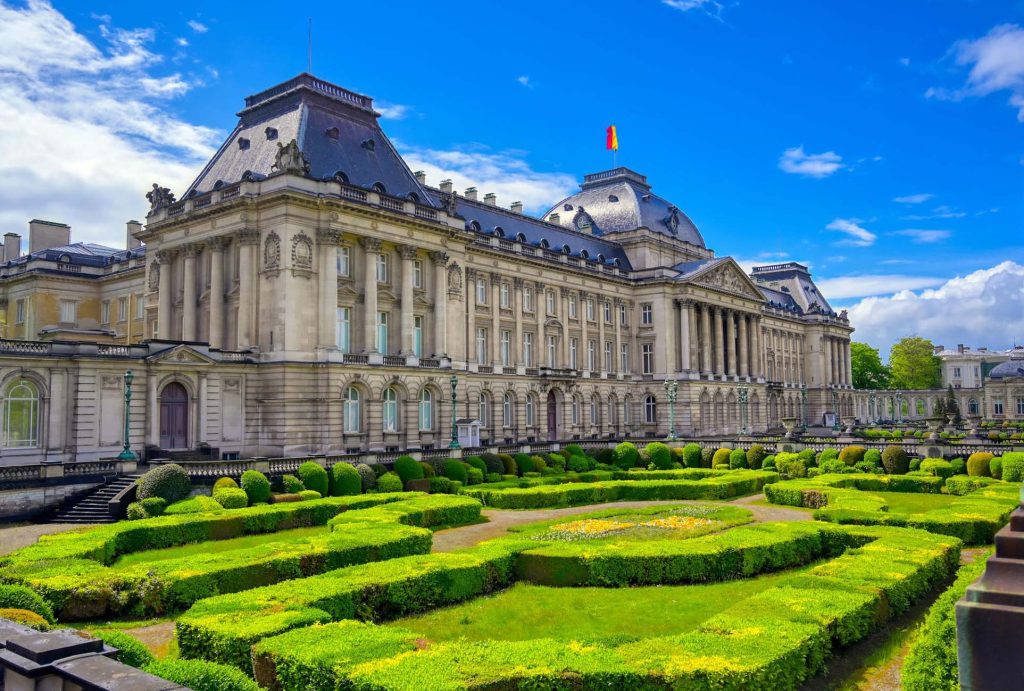
Street Food Recommendations
Brussels is famous for its delectable street food. Here are my top recommendations:
- Waffles: Try a freshly made waffle from one of the street vendors. The caramelized sugar on top is a must-have treat.
- Fries: Belgian fries (frites) are crispy and often served with a variety of sauces. Look for a “friterie” and enjoy them with a dollop of mayonnaise or a unique local sauce.
- Chocolate: Belgium is synonymous with high-quality chocolate. Visit a local chocolatier and sample some exquisite pralines.
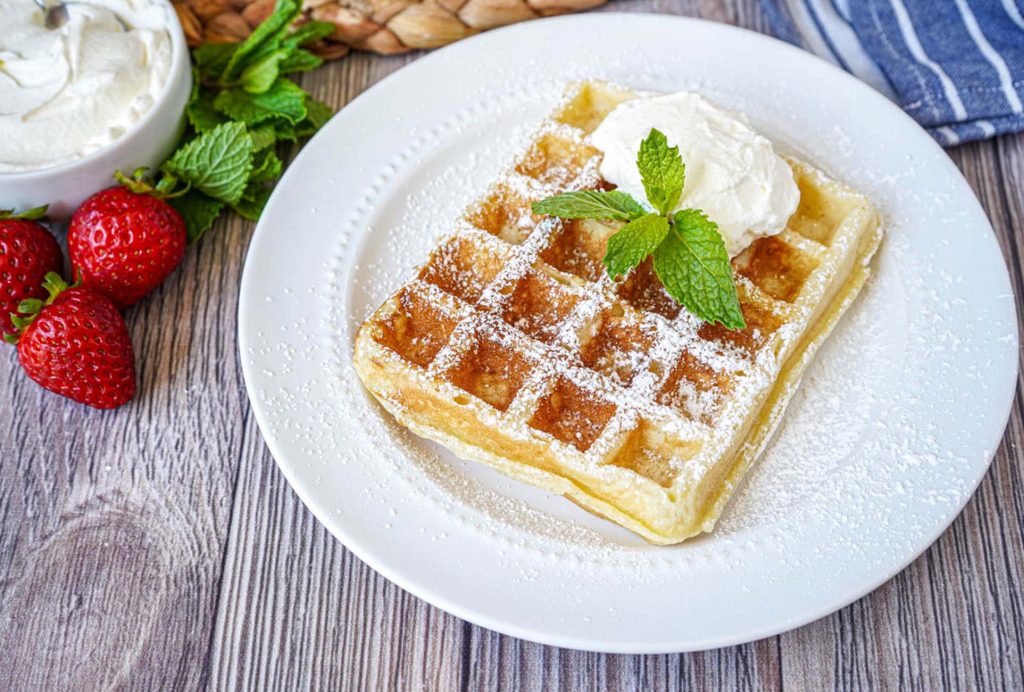
Food Safety Tips
- Freshness: Ensure that the food looks freshly prepared. Avoid stalls that have visibly old or unclean items.
- Hygiene: Choose vendors that maintain a clean working environment. It’s a good sign if the vendor wears gloves and has a clean counter.
- Popularity: Popular stalls with a queue often indicate good quality and hygiene.
Planning Your Itinerary and Budget
Itinerary Planning
- Duration: I spent four days in Brussels, which allowed me to see most of the major attractions without feeling rushed.
- Daily Schedule: Plan your days to include a mix of sightseeing and leisure. Allocate time for both major attractions and spontaneous exploration.
- Public Transport: Brussels has an efficient public transport system, including trams, buses, and the metro. Purchase a multi-day pass if you plan to use public transport frequently.
Budget Adjustments
- Accommodation: Book hotels or Airbnb in advance to get the best rates. Staying in the city center might be more expensive but is convenient.
- Dining: Mix dining at upscale restaurants with enjoying street food to manage your budget effectively.
- Souvenirs: Set a budget for souvenirs. Belgium is known for its chocolate, so reserve some money for delicious treats.
Travel Insurance
Travel insurance is a must for any trip. I opted for comprehensive coverage that included medical emergencies, trip cancellations, and lost luggage. It provided peace of mind and was worth the investment.
Brussels is a city that captivates with its history, culture, and charm. By packing wisely, understanding local etiquette, and planning your itinerary carefully, you can make the most of your visit. Whether you’re exploring historic sites, savoring street food, or simply strolling through its beautiful streets, Brussels offers an experience that is both enriching and delightful.
